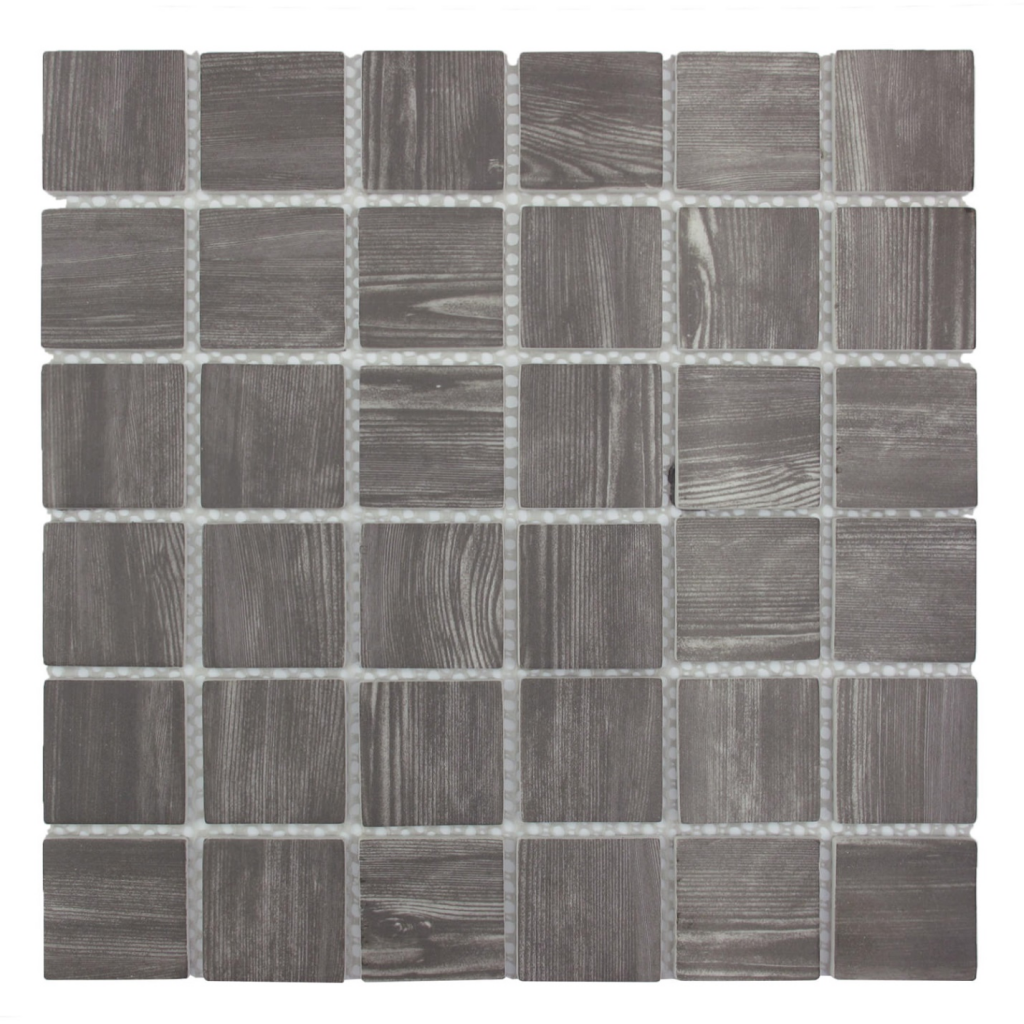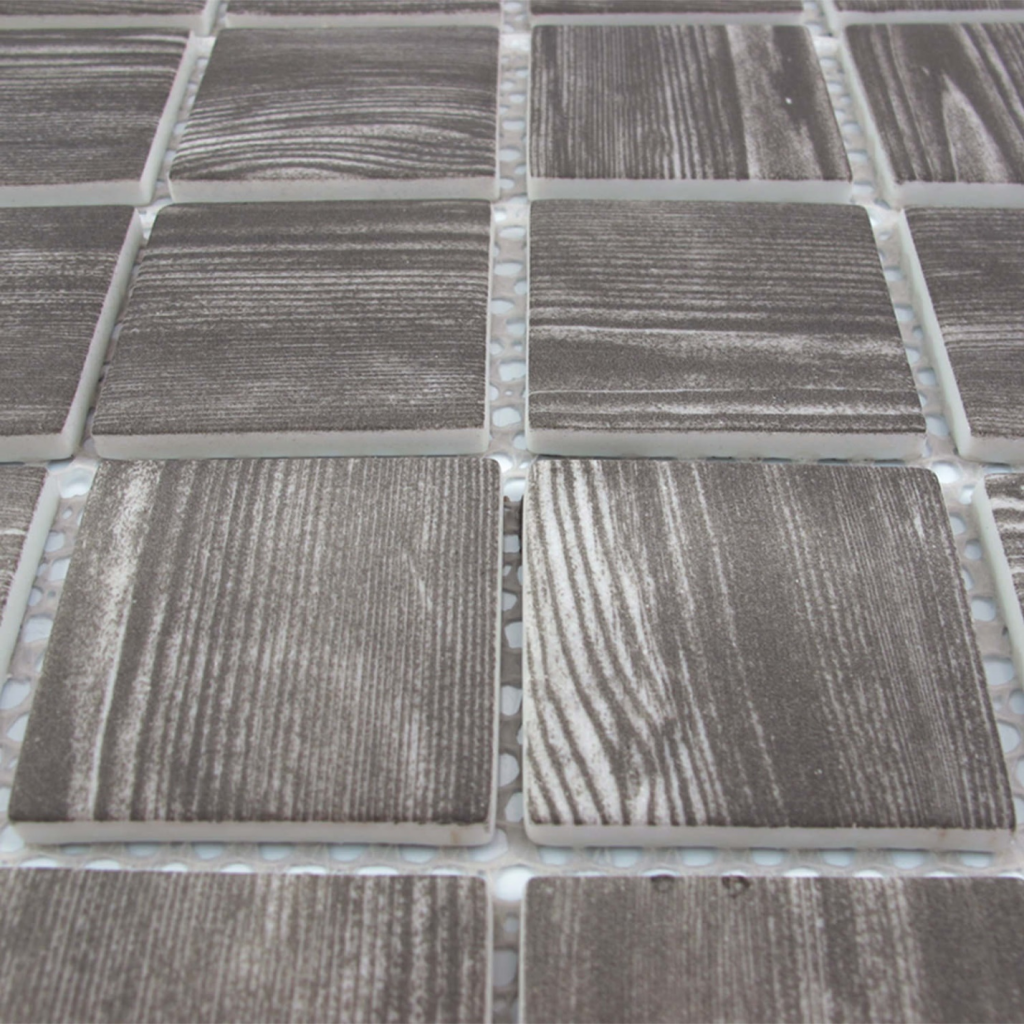How to lay travertine tiles around a pool? Ultimate Guide
2022.01.13 / By hqt
How to lay travertine tiles around a pool? Tiling the pool looks very nice and belongs to the more expensive, but demanded types of decoration. The pool, finished with colorful tiles, is a good addition to the landscape design. In addition, it surpasses all other materials in terms of service life.
Nevertheless, even the most durable tiles, with the wrong laying technology, can lead to disastrous results.

How to decorate the pool with tiles with your own hands? In principle, a beginner can cope with this work, if you follow the technology of the workflow.
The price range for pool tiles is very high. The cost of tiles for finishing the pool is determined by its manufacturer, functional features. Therefore, the cost per tile varies per piece.
We start by choosing a tile
The choice of material, as a tile, for finishing the pool is very important. Since there is a huge assortment on the market, it is very difficult to stop at the one that you liked. In addition, the main thing is to make the right choice. Tiles for interior decoration of the pool are:
How to lay travertine tiles around a pool? Ceramic clinker tiles are used for tiling of the pool premises. It is highly durable, porous material with double firing. Suitable for interior decoration, as, unfortunately, it is afraid of low temperatures, therefore it is used in indoor pools.
For finishing the bowl is suitable clinker with a glazed surface on the walls, and glazed on the floor with an anti-slip top. For rooms on the floor and steps, the usual clinker rough.
How to lay travertine tiles around a pool?
Porcelain: A mixture of white clay and quartz sand is treated with high temperatures, resulting in a very durable tile with excellent water repellency. Such tiles are ideal for the walls of the pool and on the bottom. These tiles are very easy to maintain. It does not accumulate dirt and plaque.
Glass mosaic: This is the most successful and durable tile, thanks to the many small glass fragments assembled together. Water does not penetrate into the glass surface, and the small area of broken elements allows it to withstand high water pressure.
How to lay travertine tiles around a pool? If suddenly the tile breaks, then only the damaged parts are easily replaced. Glass tiles withstand high and low temperatures very well, so mosaic tiles are used for laying tiles in a pool in an open space.
In addition, due to grouting, the surface of the tile is rougher, which makes it comfortable for use in the pool and on steps.
ADVICE! If you want to create an unusual pattern on the interior surfaces of the pool, then you should pay attention to the small mosaic type tiles.
Adhesive selection for travertine tiles around a pool
How to lay travertine tiles around a pool? In order to prevent the tiles from cracking during the operation of the pool, it is necessary to select the correct waterproof adhesive. This is usually a special compound based on epoxy resin or cement with resins. The adhesive should also act as a waterproof backing.
This is an additional waterproofing layer. The peculiarity of the glue for finishing the pool bowl is its ability to remain rubberized even after complete drying and to cover the area of the bowl with a film. Such a composition is able to withstand water pressure and prevent the tile coating from cracking.
Usually, preference is given to cement-based glue with additives. They are easier to work with than epoxy, which hardens quickly. The latter is considered more reliable.
When choosing a tile adhesive, you should not save, in fact, as well as on other facing and building materials. The cost of the most inexpensive glue is $25 per package 25 kg.
Grout selection for travertine tiles around a pool
Pool tile grout should also be waterproof. The grout mixture, like the glue, can have a cement-based and epoxy-based composition. The main thing is that it is durable and not subject to the destructive force of bleach or seawater.
How to lay travertine tiles around a pool? Remaining supple will help withstand water pressure. It is imperative to have an antibacterial additive in the composition so that mold does not develop.
Surface preparation
Before tiling the pool, proceed to the finishing of the bowl, it is necessary to prepare the base. Naturally, these are several stages of the approach, with different types of material. Let's consider these stages in more detail:
Firstly, a pool bowl made of concrete, after complete drying, is not ideal. It has a lot of cracks and irregularities. Therefore, after drying, it is necessary to walk again with concrete mortar and level the walls and the bottom of the bowl.
How to lay travertine tiles around a pool? Secondly, in order to prepare the pool bowl for use for many years, it is necessary to make good waterproofing. This process is perfectly handled by penetrating waterproofing, which is based on a sand-cement composition.
Such impregnation penetrates the concrete for several tens of centimeters, helping to eliminate micro cracks and in the future to protect the bowl from leaks.
Thirdly, waterproof plaster will help completely align the base of the bowl. It will be the ideal base for laying tiles. In addition, additional waterproofing.
Tiling technology around a pool
The principle of laying tiles is no different from the usual. The size of the joint between the tiles depends on the selected adhesive for installation. Usually the seam size is 4 to 6 millimeters. Furthermore, the small space prevents moisture from seeping under the tiles.
How to lay travertine tiles around a pool? The glue is applied to the prepared surface, usually a layer of leveled waterproof plaster, on small surfaces. Moreover, tiles are laid on top. With the help of beacons and a thread, the laying process is controlled.
The whole work takes several days, and it is possible to fill the pool with water only after three weeks. The mosaic is laid in pre-planned fragments on a small amount of glue.

ADVICE! If you have chosen a small mosaic for decoration, then you can pre-stick it on paper sheets. With their help, you can easily transfer the assembled elements to the surface of the bowl. Similarly, to remove the paper, you just need to wet it.
Floor and stair tiling
How to lay travertine tiles around a pool? The tiles for the pool floor and steps must be non-slip and must be started from the center in a circle. Furthermore, the large size will speed up work and reduce material consumption. As for the protruding parts, recesses, then of course you cannot do without a mosaic. Moreover, it takes any shape well and will look beautiful.
Moreover, you can combine different models of tiles, for example, from light mosaic, going into the depth of more saturated deep blue porcelain.

